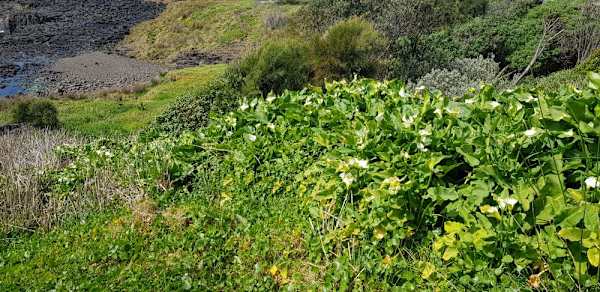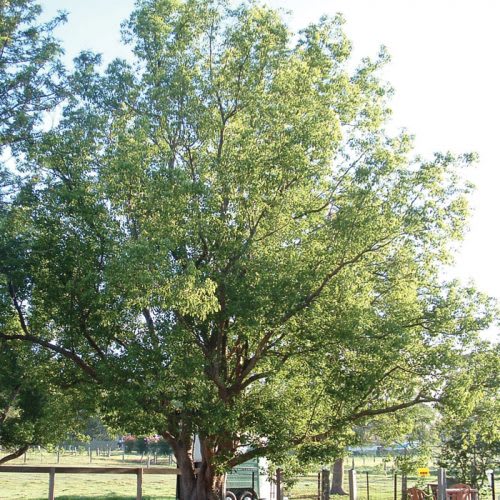One thing everyone seems to be able to agree on about Illawarra creeks is that there are far too many weeds in them.
From Trad to Privet to Coral Tree to Camphor Laurel, it seems that our local waterways are absolute weed magnets. And we all reckon it's a massive problem! Every time I visit a local creek I see yet more confirmatory evidence, such as the below picture of the highly invasive Arum Lily (Zantedeschia aethiopica) in Kiama.

Long-standing weeds such as Privet (Ligustrum lucidum) and Camphor Laurel (Cinnamomum camphora) are widespread on local watercourses. Much more effort is needed to remove them, while acknowledging the reasons they are here. Many of these species were introduced by European settlers who considered them ornamental, or familiar, or valuable in stabilising creeks cleared of indigenous vegetation.
For example, Camphor Laurel was the tree of choice when Foxground Anglican School was established in the 1850s.



But I don't want to get too negative here. There are some upsides. In particular, some of these weeds are helping protect the banks of local waterways that would otherwise be eroded and washed out.
Camphor Laurels, Privets and Willows (Salix babylonica) can help stabilise creek banks and prevent erosion; they also slow the flow of water along the profoundly modified waterways of the region, which can protect housing downstream from damaging flash flooding and overland water flows. We don't want to move too fast to destroy these weeds, because of the potentially devastating knock-on effects downstream.
One thing I hope we can all do in the face of massive weedy infestations of local waterways is to pay careful attention to what's growing there, whether it be a creek in your own back yard, or a creek on public land nearby. It probably includes a bunch of resilient local native plants, such as Cheese Tree (Glochidion ferdinandi), Lilly Pilly (Syzygium smithii), Spiny-headed Mat-rush (Lomandra longifolia) and others. Seedlings of these and other indigenous species are often present in among the weeds.
You can help preserve these indigenous plants by identifying, marking and carefully weeding around them. And if there are major introduced species, you might not want to remove them all at once. Maybe start by seeking to understand the waterway you're on, and the constraints and opportunities it presents. If you're lucky, there might not be too much weeding to be done.

Here's to healthy local creeks.
References
Kiama Library (n.d.) Schooling in the Kiama District, available online at
.





